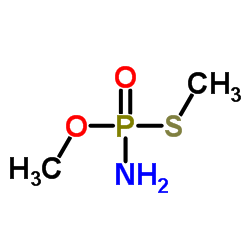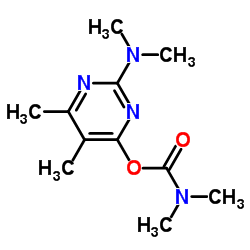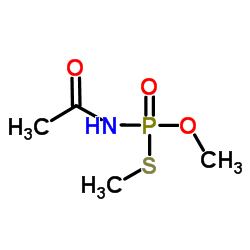| Structure | Name/CAS No. | Articles |
|---|---|---|
 |
methamidophos
CAS:10265-92-6 |
|
 |
Parathion methyl
CAS:298-00-0 |
|
 |
Dimethoate
CAS:60-51-5 |
|
 |
Pirimicarb
CAS:23103-98-2 |
|
 |
acephate
CAS:30560-19-1 |